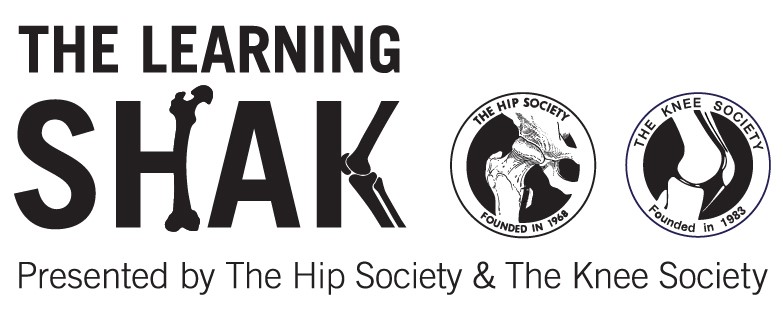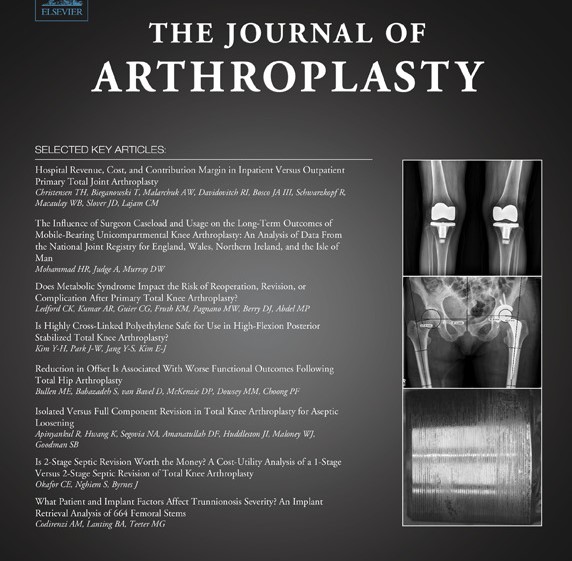The Knee Society Research ProgramsYoung Investigator Research Grant ProgramIn pursuit of its mission of global leadership in education and research, The Knee Society is offering an annual research grant program for Young Investigators interested in furthering the research around the knee joint. The submission deadline has now passed. The Knee Society Proudly Supports the Following Research Initiatives:A Multi-Organizational Research ProjectOral vs Intravenous Antibiotics for Treatment of a 2-Stage Exchange Periprosthetic Infection Javad Parvizi, MD, FRCS (Philadelphia, PA) This project is supported by The Knee Society, The Hip Society, AAHKS, MSIS, with matching funds from AAOS BOS Research Support Fund. 2021 Research GrantsThe Knee Society 2021 Research Grants are awarded to the following: GRANT ID#: 01-2021“Sleep Quality Following Total Knee Arthroplasty: A Randomized, Double Blind, Placebo Controlled Study Using Melatonin” Joshua C. Rozell, MD; Utkarsh Anil, MD; Thomas Christensen, BS; William Macaulay, MD Grant ID# 02-2021"Oral vs Intravenous Antibiotics for the Treatment of Periprosthetic Joint Infection" Graham S. Goh, MD; Javad Parvizi, MD, FRCS Note that indirect costs are not part of The Knee Society’s grant. The Knee Society does not allow overhead costs to be included in the budget statement. |







